How to Stop Aggressive Behaviour Between Cats After Grooming
If you have noticed your cats hissing at each other after grooming, you may be wondering why this is happening and how you can stop this aggressive behavior. Hissing is a common way for cats to communicate their discomfort or displeasure, and it can be directed towards other animals or humans, or even occur as a self-directed response after grooming. Understanding why your cats are hissing at each other after grooming can help you find ways to mitigate the aggression and create a more peaceful home environment for your feline friends.
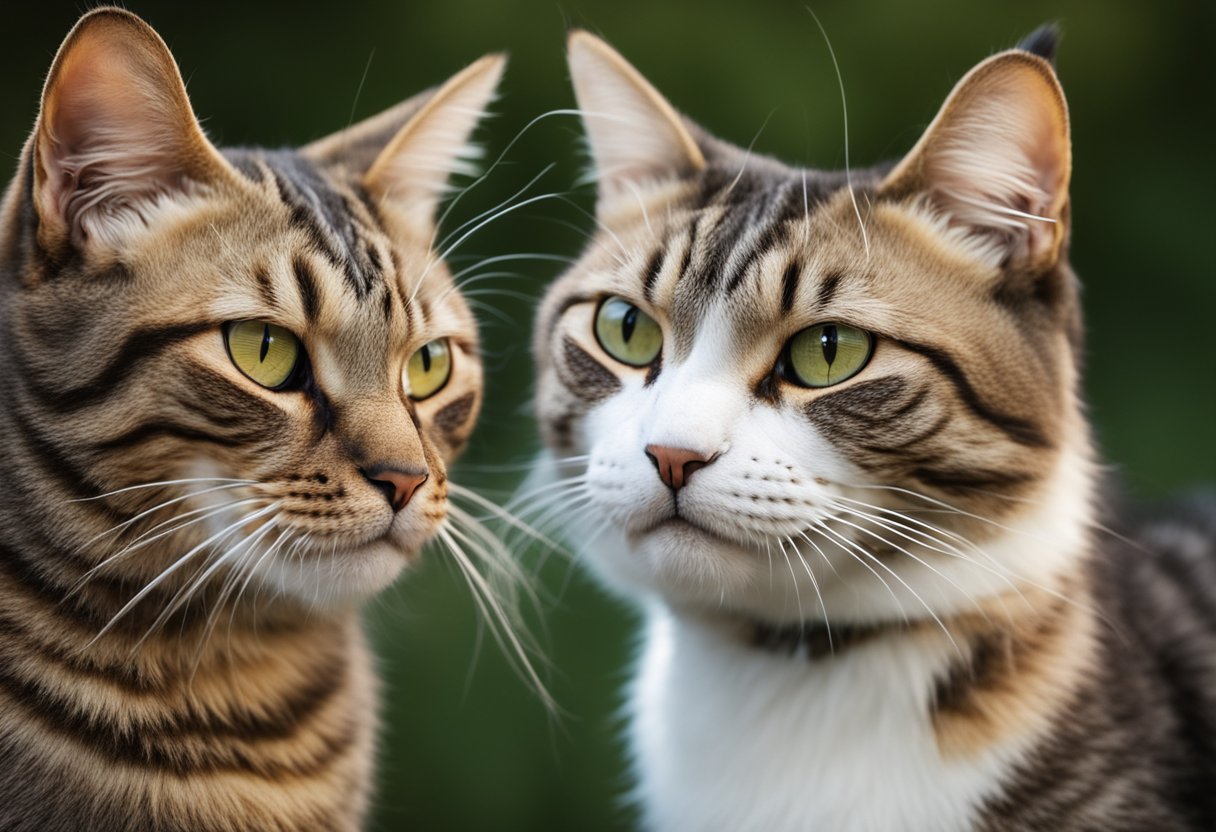
There are several reasons why cats may hiss at each other after grooming, including territorial behavior, overstimulation, and redirected aggression. Territorial behavior can occur when one cat feels threatened by the presence of another cat in their space, while overstimulation can cause a cat to become agitated and lash out. Redirected aggression can happen when a cat becomes frustrated with a situation and takes out their aggression on another cat. By identifying the root cause of the hissing behavior, you can develop strategies to mitigate the aggression and create a more harmonious home for your cats.
Some strategies to stop cats from hissing at each other after grooming include providing separate grooming areas, using pheromone sprays or diffusers, and gradually introducing your cats to each other’s scents. It is also important to provide plenty of resources, such as food, water, and litter boxes, to prevent competition and reduce stress. With patience, consistency, and a better understanding of your cats’ behavior, you can create a peaceful home environment where your feline friends can coexist happily.
Key Takeaways
- Hissing is a common way for cats to communicate their discomfort or displeasure, and it can be directed towards other animals or humans, or even occur as a self-directed response after grooming.
- Territorial behavior, overstimulation, and redirected aggression are some of the reasons why cats may hiss at each other after grooming.
- Strategies to stop cats from hissing at each other after grooming include providing separate grooming areas, using pheromone sprays or diffusers, and gradually introducing your cats to each other’s scents.
Understanding Cat Hissing Behavior
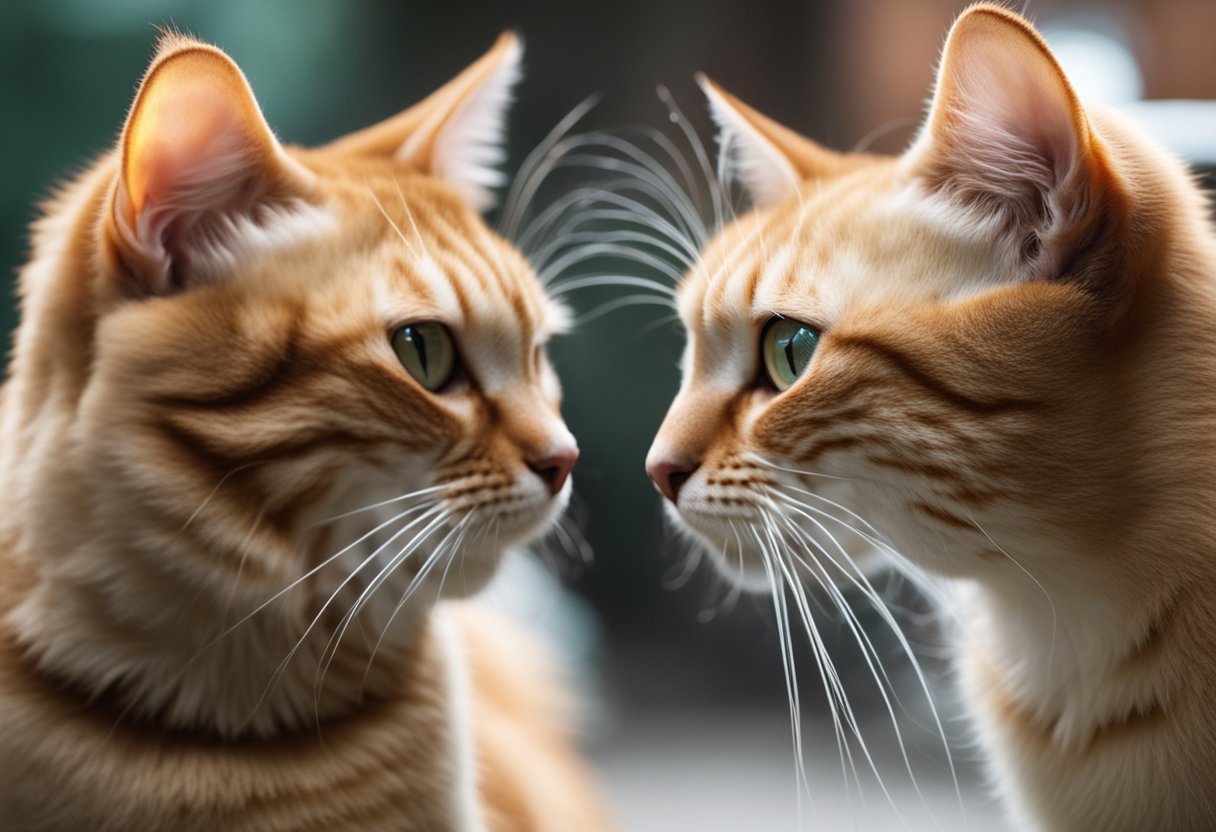
If your cats are hissing at each other after grooming, it is important to understand why this behavior is happening and how to stop it. Here are two key factors to consider:
Reasons for Hissing After Grooming
There are several reasons why cats may hiss at each other after grooming. One reason is that they may be trying to assert dominance over each other. Cats are known for their territorial behavior, and grooming can be a way for them to establish their dominance over one another. If one cat feels like their dominance is being challenged, they may hiss as a warning to the other cat to back off.
Another reason why cats may hiss after grooming is that they may be experiencing some discomfort or pain. Grooming can sometimes lead to sensitive areas being touched, which can cause pain or discomfort. If one cat is experiencing discomfort, they may hiss as a way to communicate their discomfort to the other cat.
Social Dynamics and Aggression
Social dynamics and aggression play a big role in cat behavior. Cats are social creatures, but they are also solitary hunters by nature. This means that they may not always get along with each other, especially if they are not related or have not been raised together. Aggression can be a way for cats to establish their place in the social hierarchy, and hissing can be a way for them to communicate their aggression to other cats.
To stop this aggressive behavior, it is important to address the underlying causes. If your cats are hissing at each other after grooming, try to identify the source of their discomfort or pain. If they are experiencing discomfort, try to address the issue by grooming them in a different way or avoiding sensitive areas. If the hissing is due to social dynamics and aggression, try to provide each cat with their own space and resources, such as food bowls and litter boxes, to reduce competition and territorial behavior.
By understanding the reasons behind your cats’ hissing behavior after grooming, you can take steps to address the issue and promote a peaceful coexistence between your furry friends.
Strategies to Mitigate Aggression
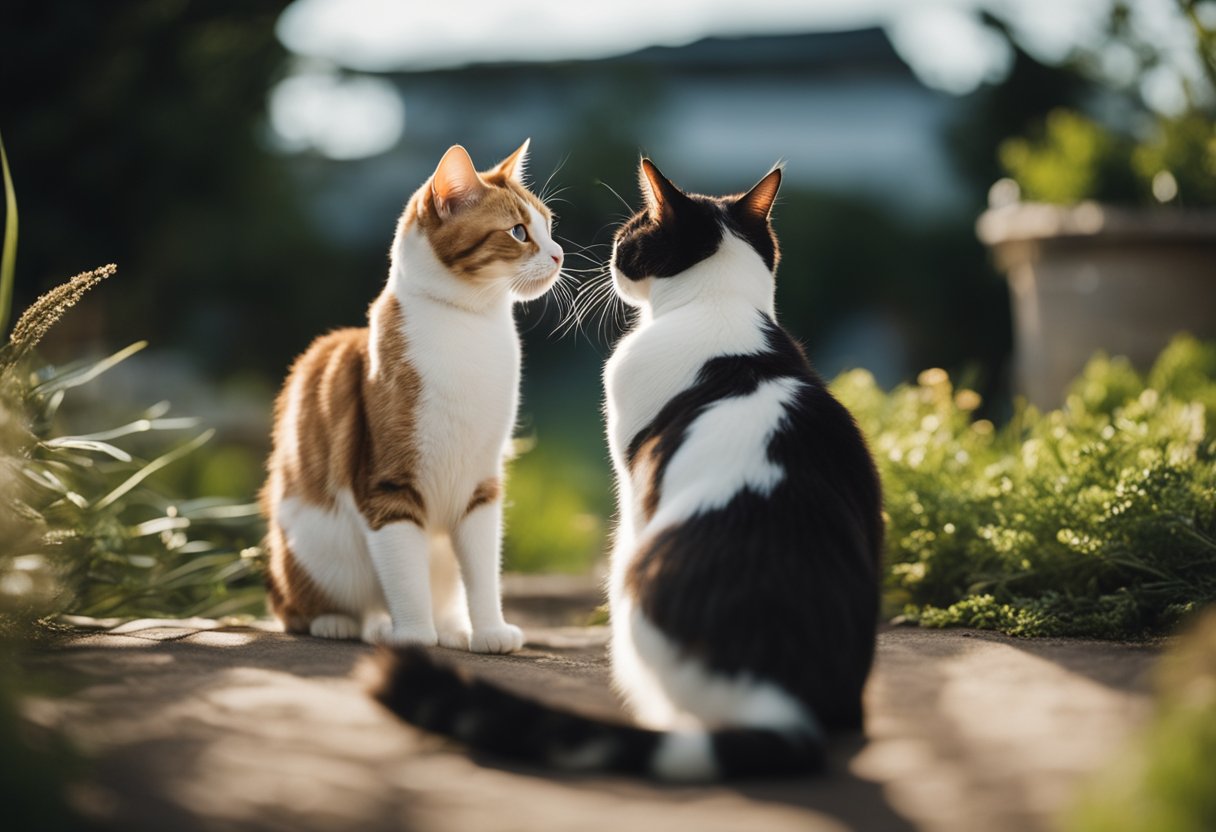
If your cats are hissing at each other after grooming, there are several strategies you can implement to mitigate their aggressive behavior. These strategies include environmental adjustments, behavioral interventions, and knowing when to consult a professional.
Environmental Adjustments
One of the most effective ways to mitigate aggression between cats is to make environmental adjustments. This includes providing each cat with their own food and water bowls, litter boxes, and sleeping areas. Cats are territorial animals, and having their own designated spaces can help reduce conflict.
Additionally, providing your cats with vertical space, such as cat trees or shelves, can also help reduce aggression. Cats feel more secure when they have a high vantage point to observe their surroundings.
Behavioral Interventions
In addition to environmental adjustments, there are several behavioral interventions you can try to reduce aggression between your cats. One such intervention is to play with your cats separately to help them burn off excess energy and reduce tension. You can also try positive reinforcement training to encourage good behavior and discourage aggressive behavior.
Another intervention is to use pheromone diffusers, such as Feliway, which release calming scents that can help reduce tension between cats. These diffusers can be particularly effective in multi-cat households.
When to Consult a Professional
If your cats’ aggressive behavior persists despite environmental adjustments and behavioral interventions, it may be time to consult a professional. A veterinarian or animal behaviorist can help determine the underlying cause of the aggression and develop a customized plan to address it.
It’s important to note that aggressive behavior can sometimes be a sign of underlying health issues, so it’s important to rule out any medical causes before pursuing behavioral interventions.
By implementing these strategies and seeking professional help when necessary, you can help reduce aggression between your cats and promote a peaceful household.
Resources
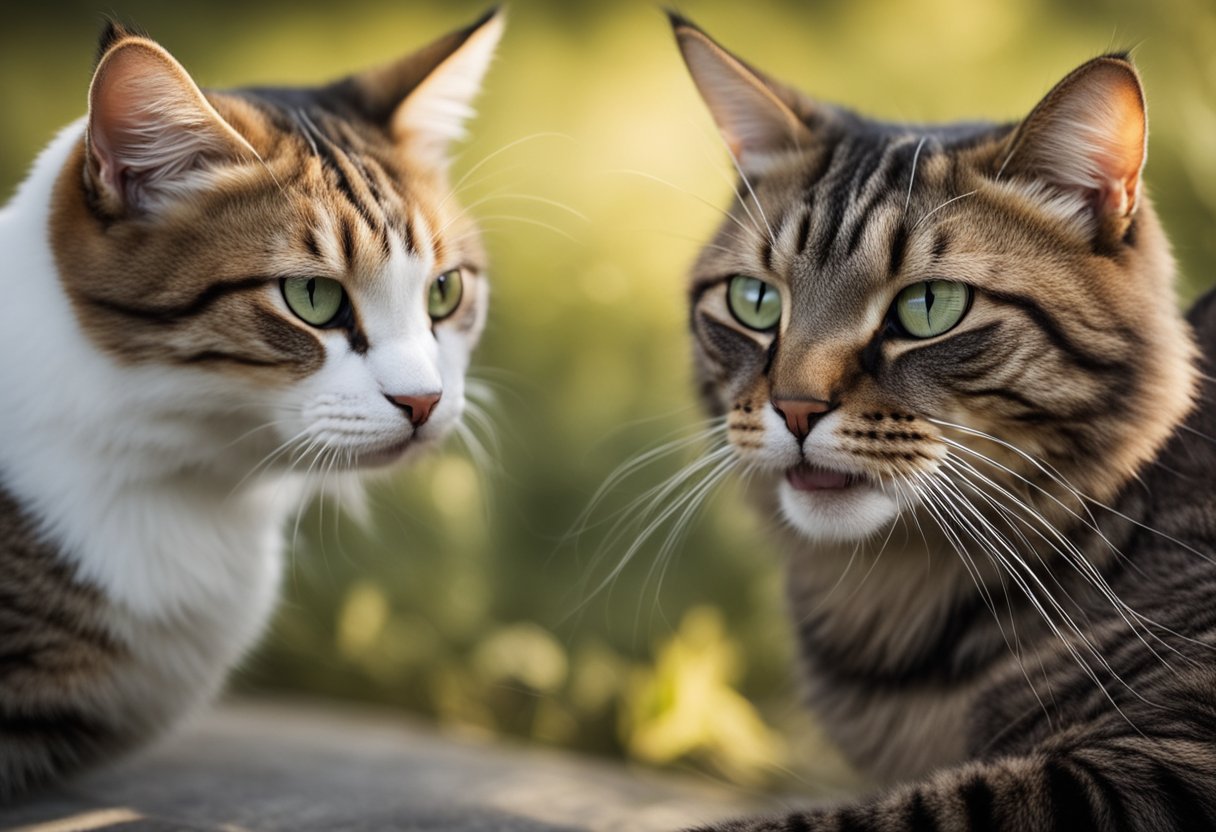
If you’re experiencing aggressive behavior between your cats after grooming, there are several resources available to help you understand and address the issue. Here are a few helpful resources:
1. ASPCA
The ASPCA provides information on common cat behavior issues, including aggression between cats. Their website offers tips on how to recognize the signs of aggression, what may be causing it, and how to prevent it from happening in the future. They also provide advice on how to introduce a new cat into your household, which can help prevent future aggression.
2. Rover.com
Rover.com offers an article on the five reasons why cats hiss and how to stop the behavior. The article explains that overstimulation is the most common reason for a cat to hiss at their pet parent. It also provides tips on how to stop fights between cats, such as using pheromone sprays or diffusers.
3. Mis Gatos y Yo
Mis Gatos y Yo provides information on understanding cat behavior, including the reasons behind hissing after grooming. The article explains that hissing is a vocalization that cats use to communicate their discomfort or displeasure, and it is often accompanied by a defensive posture. The article also provides tips on how to prevent aggressive behavior between cats, such as providing separate litter boxes and feeding areas.
By using these resources and seeking advice from your veterinarian, you can better understand why your cats are hissing at each other after grooming and take steps to address the behavior. Remember to always approach the situation calmly and never punish your cats for their behavior.
Conclusion
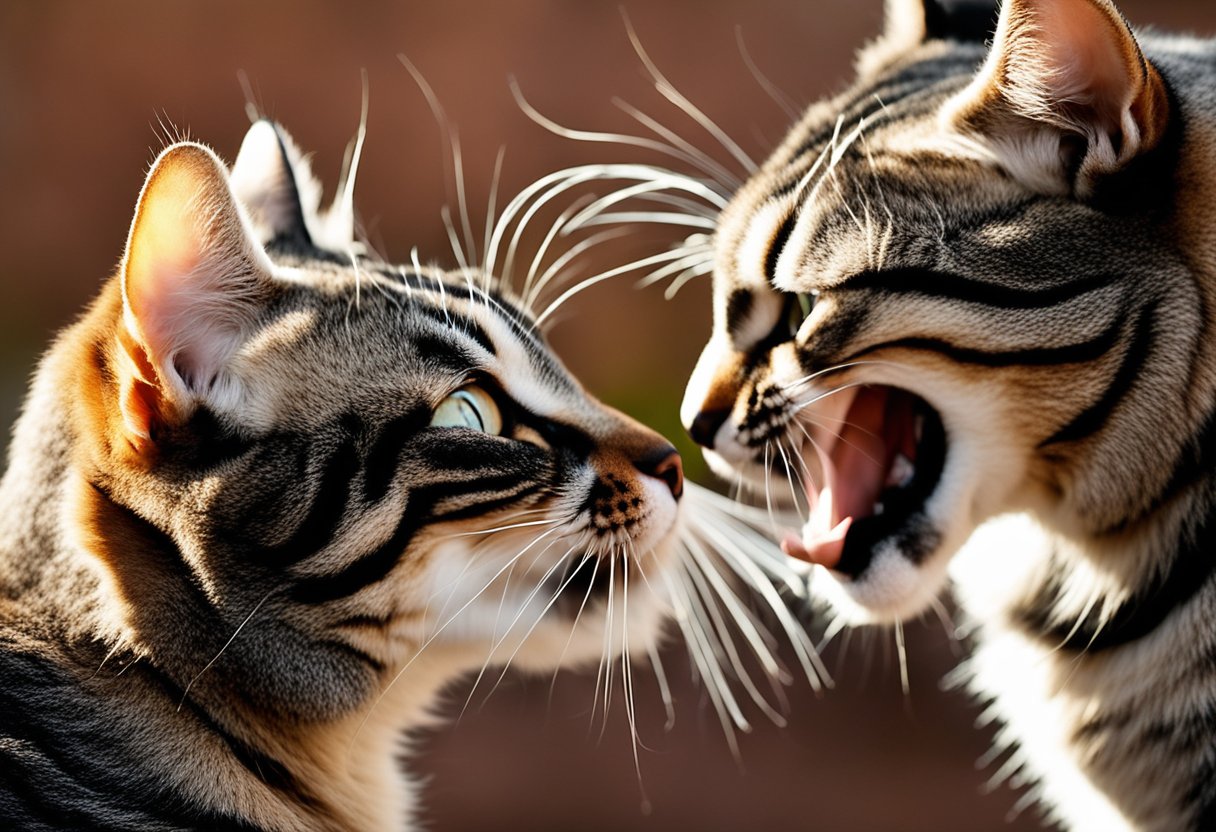
In conclusion, hissing behavior in cats after grooming is a common occurrence. It can be caused by a variety of reasons such as overstimulation, discomfort, territorial disputes, and self-directed response. It is important to understand the underlying cause of the hissing behavior to effectively address it.
To stop this aggressive behavior, you can try several things such as providing a safe space for your cats, separating them during grooming, and using positive reinforcement techniques. Additionally, you can try using pheromone sprays or diffusers to calm your cats.
It is important to note that hissing behavior can also be a sign of an underlying health issue. If you notice any other concerning behaviors or symptoms, it is best to consult with your veterinarian.
By understanding the reasons behind hissing behavior and taking appropriate steps to address it, you can help your cats live together peacefully and happily.
Frequently Asked Questions
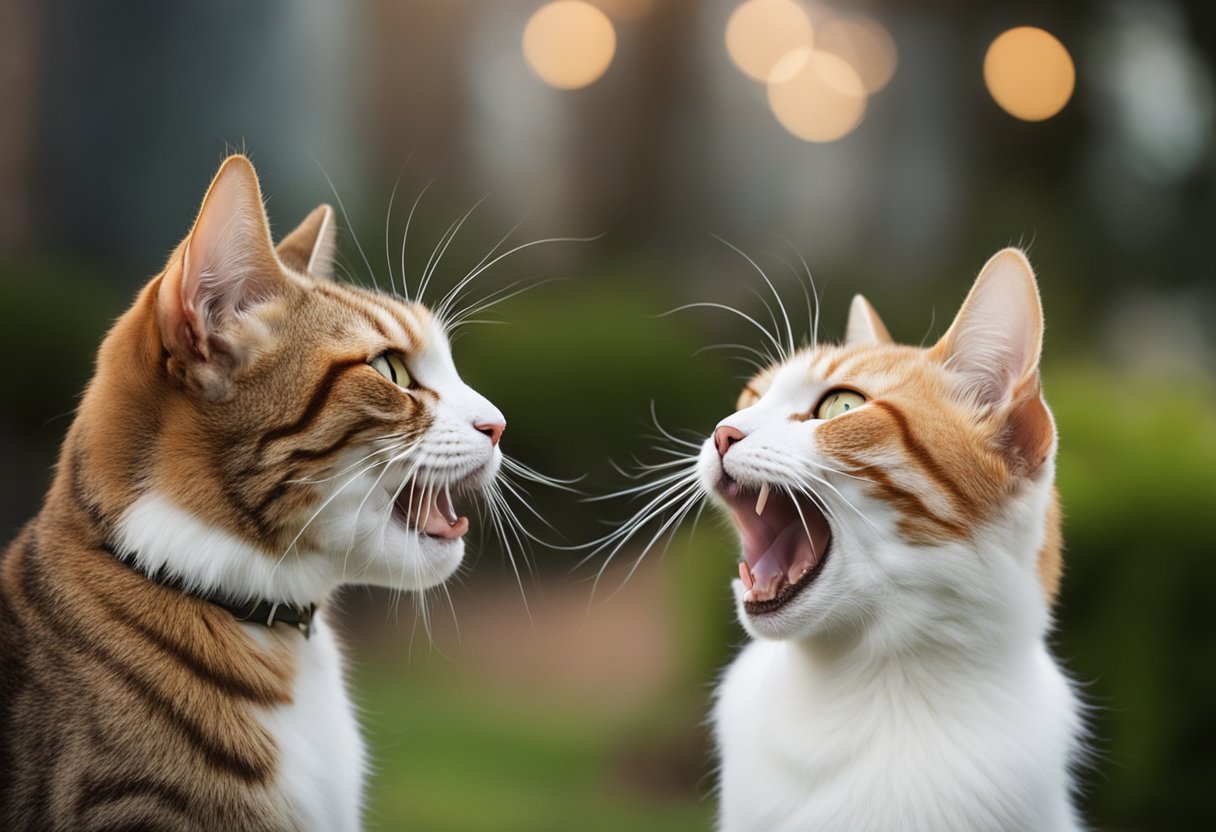
What causes non-recognition aggression in cats after grooming sessions?
Non-recognition aggression is a common cause of hissing and aggression between cats after grooming sessions. This occurs when one cat smells different after grooming, and the other cat does not recognize them. The cat that smells different may be seen as a stranger, and the other cat may become aggressive towards them.
How can I prevent my cats from fighting after one has had a bath?
To prevent your cats from fighting after one has had a bath, you can try to reintroduce them slowly. Keep them separated for a short period, and then gradually reintroduce them over a few days. You can also try using pheromone products like Feliway to help reduce aggression and anxiety.
Is there a way to stop my cat from attacking another following a grooming routine?
Yes, there are several ways to stop your cat from attacking another following a grooming routine. You can try to reintroduce them slowly, use pheromone products, and provide separate areas for each cat to retreat to if they feel threatened. You can also try to identify the triggers that cause the aggression and avoid them.
Can Feliway or other pheromone products help reduce post-grooming aggression in cats?
Yes, Feliway and other pheromone products can help reduce post-grooming aggression in cats. These products mimic the natural pheromones that cats produce, which can help reduce anxiety and aggression. You can use a diffuser or spray to help calm your cats and reduce their aggression towards each other.
What are the signs of aggression to look out for between cats that have just been groomed?
The signs of aggression to look out for between cats that have just been groomed include hissing, growling, swatting, and biting. You may also notice your cats puffing up their fur, flattening their ears, and showing other signs of aggression. If you notice these signs, it’s important to separate your cats and reintroduce them slowly.
What strategies can be employed to reintroduce cats to each other after grooming to avoid hissing and aggression?
To reintroduce cats to each other after grooming and avoid hissing and aggression, you can try several strategies. Keep your cats separated for a short period and gradually reintroduce them over a few days. Use pheromone products to help reduce anxiety and aggression. Provide separate areas for each cat to retreat to if they feel threatened. Finally, identify the triggers that cause the aggression and avoid them.
